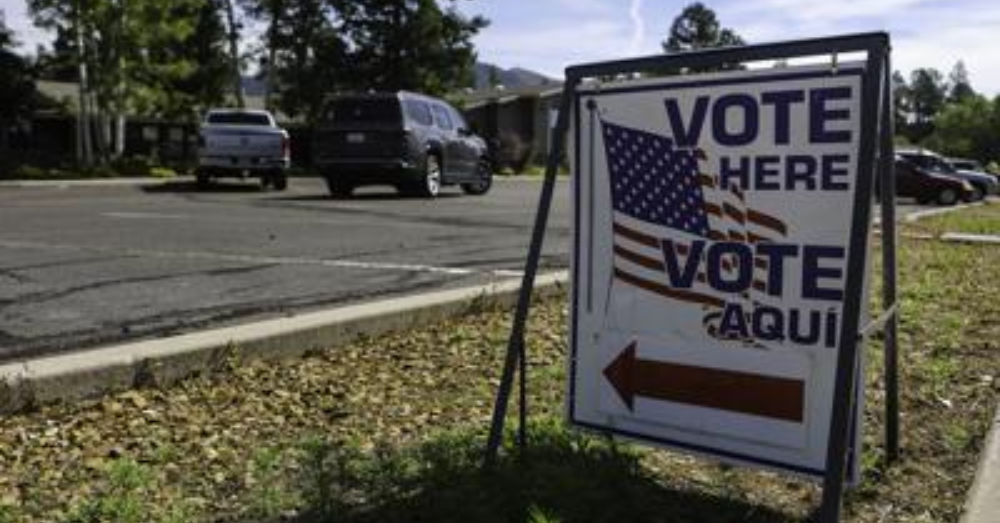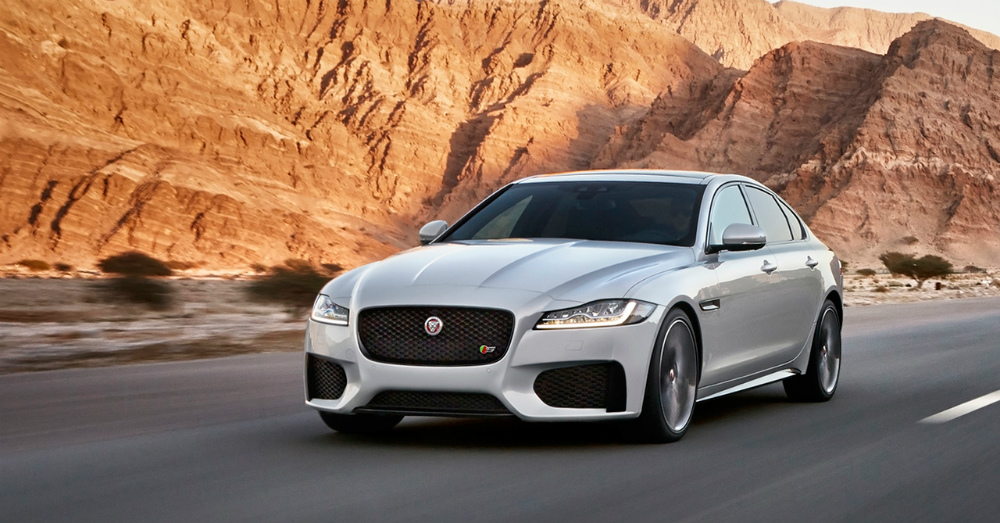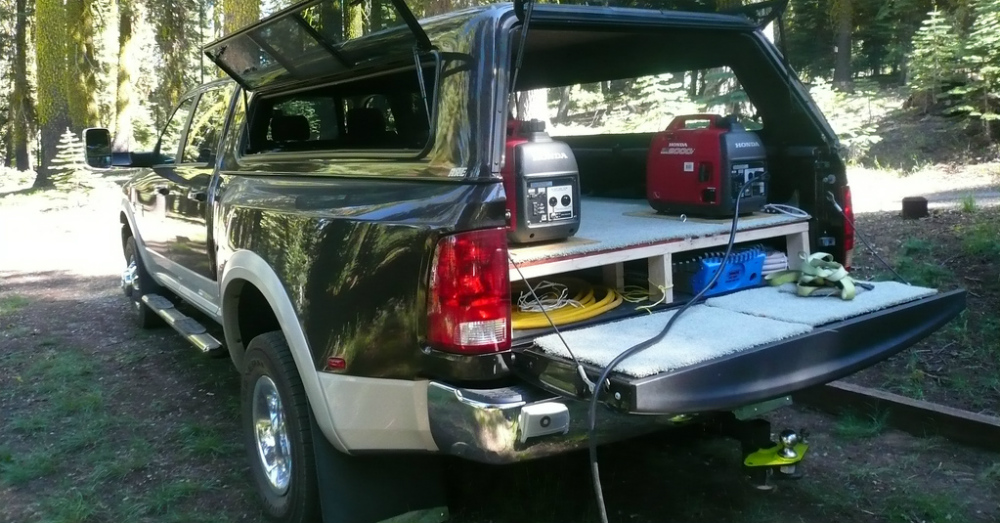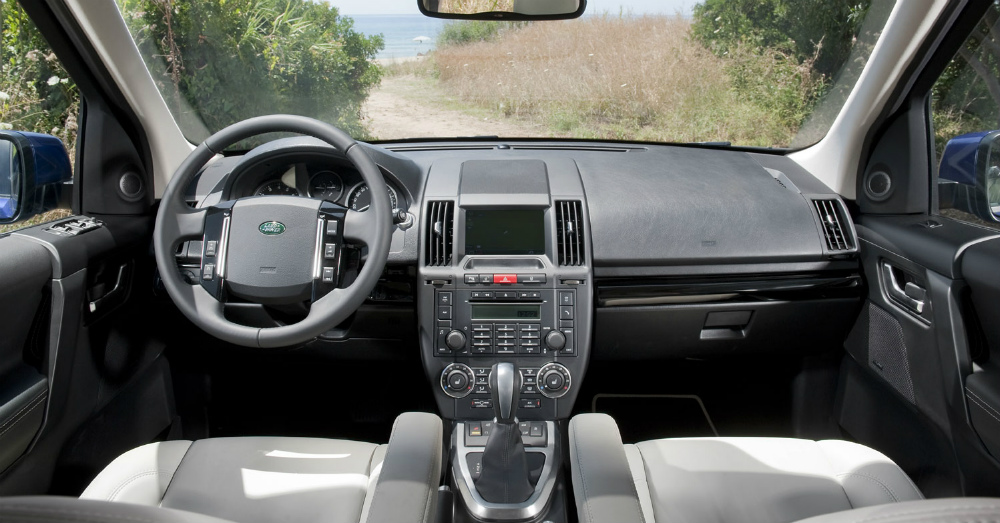
Campaign Trails and Cargo Space: How Candidates Take Their Message on the Road
The tradition of hitting the road to win hearts and minds runs deep in American politics. From Franklin Roosevelt’s whistle-stop train tours to today’s high-tech mobile command centers, candidates have always known that sometimes you need to bring the campaign directly to the voters. What’s changed isn’t the strategy—it’s the vehicles doing the heavy lifting.
– Campaign vehicles serve as mobile headquarters, helping teams make real-time strategy adjustments and media interactions while traveling between events.
– Modern campaign transportation ranges from traditional wrapped buses to nimble vans and RVs equipped with satellite internet and digital workstations.
– Strategic route planning maximizes voter contact by targeting key demographics and swing regions during multi-day tours.
From Train Cars to Tech-Savvy Buses
Picture this: it’s 1948, and Harry Truman is crisscrossing the country on a train, giving impromptu speeches from the back platform at every whistle stop. Fast forward to today, and presidential candidates are rolling through Iowa in sleek black coaches that look more like luxury spacecraft than campaign vehicles.
The campaign bus revolution really took off in the late 20th century when airplane travel became impractical for reaching every small town and rural community. A campaign bus can easily travel from town to town, making small-town citizens feel just as important and valuable to politics as larger cities. That personal touch matters more than ever in today’s political climate.
John McCain’s “Straight Talk Express” became the gold standard for campaign bus tours during his 2000 and 2008 runs. McCain invited journalists on the bus to sit and chat for hours, earning widespread praise for his openness. The simple design—plain lettering with a white star—proved that sometimes less really is more when it comes to political messaging.
The Mobile Command Center Revolution
Today’s campaign vehicles aren’t just transportation—they’re rolling headquarters packed with technology that would make a tech startup jealous. These buses provide a central hub on wheels where candidates can strategize, plan, and communicate while on the move.
Walk inside a modern campaign bus and you’ll find WiFi networks fast enough to livestream rallies, multiple workstations for rapid-fire social media updates, and charging ports for every device imaginable. Some even feature sleeping quarters and full kitchens, allowing campaigns to stay on the road for weeks without losing momentum.
The flexibility factor can’t be overstated. When polling data shows a shift or breaking news demands a response, campaign teams can pivot in real time without the logistical nightmare of rebooking flights and hotel rooms. If you need to change your schedule, it’s often far easier to reroute a bus than a plane or a network of cars.
Vehicle Options for Every Campaign Size
Not every campaign needs a 40-foot coach bus. Smaller races and targeted outreach efforts often turn to more nimble options. Local campaigns might rent executive coach buses for special events or choose smaller vehicles for day-to-day operations.
Mercedes Sprinter Vans have become particularly popular for mid-size campaigns and specialized operations. These vehicles offer the perfect balance of professional appearance and practical functionality, with enough space for a small team while remaining easy to park and maneuver in tight urban spaces.
RVs have also carved out their niche in campaign transportation. An RV makes a massive billboard rolling down our nation’s highways and looks impressive sitting at town hall meetings and other campaign functions. For candidates running in states with vast rural territories, RVs provide both transportation and temporary housing, allowing teams to stay close to voters for weeks at a time.
Why Physical Presence Still Matters
There’s something powerful about a candidate stepping off a bus in your hometown. When politicians take the time to drive to smaller communities, they can engage in direct conversations, understand local concerns, and build trust. It’s democracy in action—literally rolling up to your front door.
The visual impact matters just as much as the personal interaction. A well-designed vehicle wrap turns every mile of highway into a campaign advertisement. That four-sided canvas promotes campaign awareness without requiring extra effort from staff members.
Compare that to flying into major airports and speaking only in large cities. Voters in smaller communities often feel overlooked by national politics, so when a candidate takes the time to drive to their town, it sends a message that their votes matter.
Technology Meets the Campaign Trail
Campaign vehicles keep getting smarter. Some teams are experimenting with eco-friendly models that incorporate sustainable technologies to align with environmental concerns. Electric buses work well for shorter routes, while others add solar panels to reduce their carbon footprint.
Route planning has become a science thanks to data analytics. Campaign managers can now identify the most efficient paths through swing districts, timing arrivals to maximize media coverage and voter turnout. Some campaigns even track social media engagement in real time to adjust their messaging as they travel.
A few forward-thinking campaigns are adding augmented reality experiences to their vehicles, allowing voters to interact with policy platforms through immersive technology. It’s a far cry from the simple soapbox speeches of decades past.
The Practical Side of Campaign Transportation
Behind all the high-tech gadgetry and political theater, campaign vehicles serve very practical purposes. Professional transportation companies that specialize in political campaigns understand the unique demands of this work. Experienced drivers become part of the team, respecting the need for privacy during strategy sessions while maintaining tight schedules.
Equipment transport is another consideration that many people don’t think about. Sound systems, stages, merchandise, and promotional materials all need to move smoothly from event to event. Campaign tour packages often include equipment transport in secure trucks and trailers so everything arrives safely at each stop.
The logistics can get complicated quickly. Campaigns operate on tight schedules where being late isn’t an option. Professional drivers trained in campaign logistics make sure teams arrive at events on time and ready to engage with voters.
Looking Down the Road
At the end of the day, campaign vehicles are about human connection in an increasingly digital world. These rolling advertisements attract media attention wherever they go, but more importantly, they bring politicians closer to the people they hope to represent.
There’s also something uniquely American about the campaign bus tour. It harkens back to our frontier spirit and the idea that democracy works best when politicians get out among the people. Whether it’s a presidential candidate in a luxury coach or a city council hopeful in a converted van, the message is the same: this candidate cares enough to come to you.
As campaign seasons heat up and election cycles get more competitive, expect to see even more innovation in political transportation. The vehicles may evolve with new technology and changing voter expectations, but the mission remains unchanged—bringing democracy directly to the people, one mile at a time. In a world where so much political communication happens online, sometimes the most powerful message is simply showing up.
This post may contain affiliate links. Meaning a commission is given should you decide to make a purchase through these links, at no cost to you. All products shown are researched and tested to give an accurate review for you.



